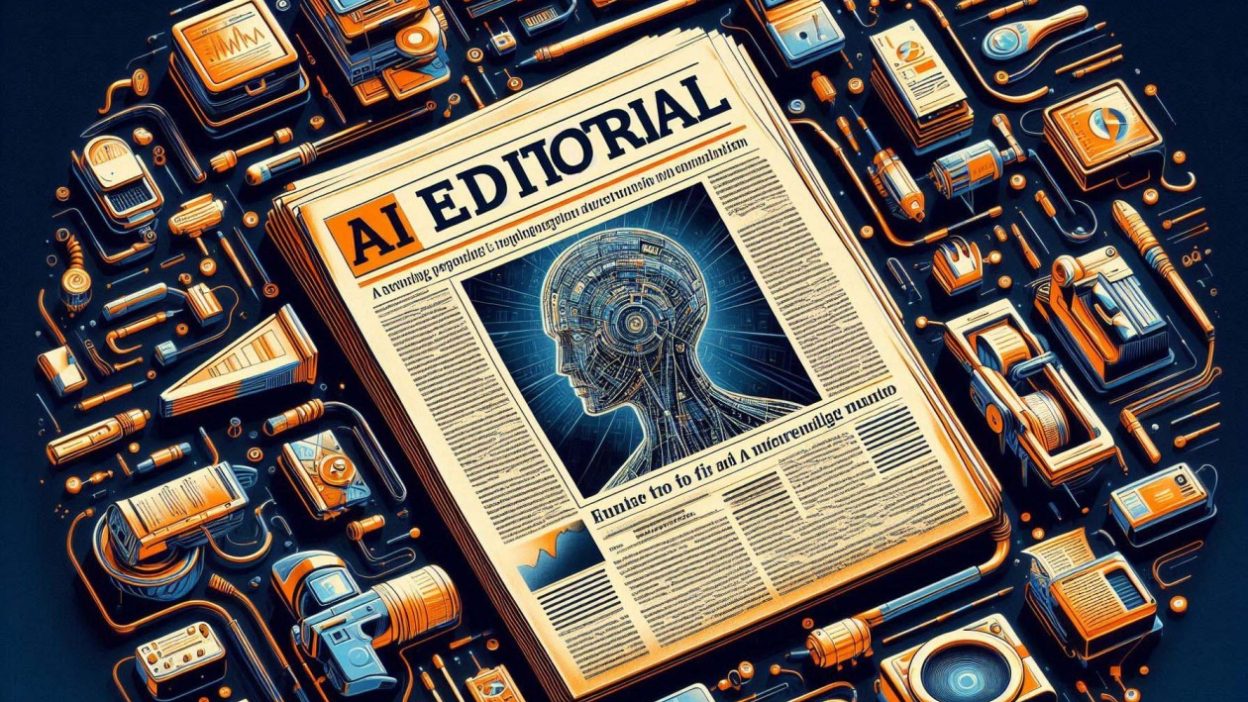In the fast-evolving digital age, artificial intelligence (AI) is transforming nearly every industry—and journalism is no exception. Once reliant solely on human editors, reporters, and fact-checkers, the modern newsroom is now embracing AI to streamline workflows, enhance content delivery, and even generate breaking news stories in real time.
As we move deeper into 2025, it’s clear that AI is not just assisting journalism—it’s reshaping how news is created, verified, and consumed.
📰 The Evolution of Journalism in the Age of AI
Traditional journalism emphasized deep investigation, human insight, and editorial rigor. While those values still matter, AI-driven journalism is adding speed, scale, and precision to the equation.
Here’s how it’s happening:
🔍 1. AI in News Gathering and Research
AI tools can now sift through millions of documents, social media posts, and press releases to identify trending topics or verify facts faster than any human researcher.
Examples:
- Natural language processing (NLP) identifies relevant quotes or extracts data from complex reports.
- Tools like Dataminr or NewsWhip detect early signals of breaking stories via social media and public data.
- AI assistants like ChatGPT help journalists brainstorm angles, generate summaries, or rewrite headlines.
🖊️ 2. Automated Content Creation (Robot Journalism)
Many large media outlets, including Reuters, Associated Press, and The Washington Post, now use AI to write:
- Financial reports
- Weather forecasts
- Sports game recaps
- Election result summaries
These are template-driven stories, where AI can plug in data and produce readable articles within seconds.
⚡ Speed is key—robot-generated articles can be published within moments of receiving data, ensuring outlets stay ahead in the 24/7 news cycle.
📊 3. Data-Driven Reporting & Visualization
AI helps journalists analyze large datasets that would otherwise be unmanageable. This has birthed a new form of data journalism, where:
- Machine learning models uncover trends or corruption in government data.
- AI-powered maps and visualizations help tell complex stories visually.
- Tools like Flourish and Tableau with AI support help bring interactivity to static reports.
📸 4. Deepfake Detection and Fact-Checking
In a world of misinformation, AI is essential for credibility.
- Image verification tools (like Microsoft’s Video Authenticator) detect manipulated or AI-generated visuals.
- AI-powered fact-checkers, such as Full Fact or ClaimReview, can rapidly assess the truthfulness of statements from public figures.
- Blockchain-based AI tools are being used to verify source authenticity and track content origins.
🧠 5. Hyper-Personalized News Delivery
AI is also reshaping how readers consume the news.
- Platforms like Google News and Apple News use AI algorithms to curate headlines based on user interests, location, or reading history.
- Newsrooms use A/B-tested AI-written headlines to increase engagement.
- Some AI tools can even narrate news stories using synthetic voices for users who prefer audio content.
🤖 Pros and Cons of AI in Journalism
| Pros | Cons |
|---|---|
| Faster reporting and publishing | Risk of factual inaccuracy if unchecked |
| Scalable content creation | Potential job displacement for entry-level journalists |
| Enhanced personalization | Algorithmic bias or echo chambers |
| Support for investigative reporting | Ethical concerns around transparency |
🌐 Real-World Examples of AI in Journalism
- The Washington Post’s Heliograf: Published over 850 stories during the 2016 U.S. elections using AI.
- Reuters’ Lynx Insight: Suggests story ideas to journalists by analyzing trends and anomalies.
- Bloomberg’s Cyborg: Helps reporters cover financial earnings within seconds of release.
🛡️ What Journalists Should Do in an AI-Driven Future
- Embrace AI as a Tool, Not a Replacement
Learn how to use AI to improve research, efficiency, and creativity. - Stay Transparent
Always disclose when AI assists in story production to maintain reader trust. - Prioritize Media Literacy
Teach audiences how to distinguish between human vs. AI-generated content. - Collaborate Across Disciplines
Journalists should work with data scientists and developers to create new storytelling formats.
🚀 The Road Ahead
In 2025 and beyond, AI will continue to reshape journalism’s boundaries—empowering reporters to work smarter, not just harder. But the heart of good journalism remains unchanged: truth, context, and public service.
AI is a powerful ally—but human judgment, curiosity, and ethics must remain at the core of every newsroom.





